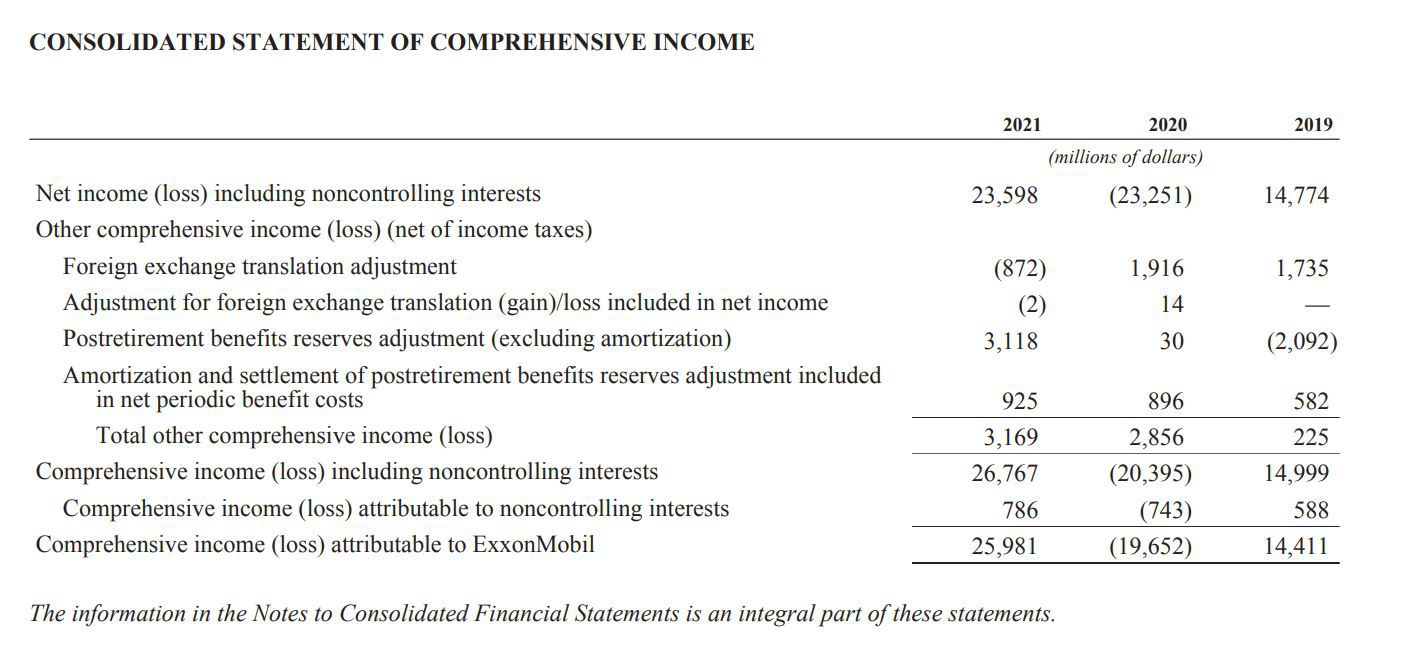Home>Finance>Is There A Grace Period When My Mortgage Is Transferred?


Finance
Is There A Grace Period When My Mortgage Is Transferred?
Published: February 19, 2024
When your mortgage is transferred, it's essential to understand if there's a grace period. Learn about the finance implications and how to navigate the transition smoothly.
(Many of the links in this article redirect to a specific reviewed product. Your purchase of these products through affiliate links helps to generate commission for LiveWell, at no extra cost. Learn more)
Table of Contents
Introduction
When you've secured a mortgage to purchase your dream home, the last thing you might expect is for your mortgage to be transferred to another lender. However, mortgage transfers are a common occurrence in the finance industry, and it's essential for homeowners to understand the implications of such a transfer. In this article, we'll delve into the concept of mortgage transfers, focusing specifically on the presence of a grace period during this transition.
Mortgage transfers can be a source of confusion and concern for homeowners, as they may wonder whether there's a grace period during the transfer process. Understanding the role of a grace period in the context of a mortgage transfer is crucial for homeowners to navigate this transition smoothly. In the following sections, we'll explore the intricacies of mortgage transfers, shed light on the significance of a grace period, and provide valuable insights into what homeowners can expect during this period of change.
The prospect of a mortgage transfer may evoke a sense of uncertainty and apprehension, but with the right knowledge and preparation, homeowners can confidently navigate this process. Whether you're a first-time homeowner or have experienced a mortgage transfer before, gaining a comprehensive understanding of the grace period and its implications is paramount. Join us as we unravel the complexities of mortgage transfers and the role of the grace period, empowering you to make informed decisions and effectively manage this aspect of homeownership.
Understanding Mortgage Transfers
Before delving into the specifics of grace periods during mortgage transfers, it’s essential to grasp the fundamental concept of a mortgage transfer. A mortgage transfer occurs when the rights and obligations of your existing mortgage are transferred from one lender to another. This transfer can take place for various reasons, such as a lender selling your mortgage to another financial institution or merging with another entity.
It’s important to note that mortgage transfers do not alter the terms of your original loan agreement. The interest rate, loan duration, and other essential terms remain unchanged, providing reassurance to homeowners during this transition. However, the administrative aspect of making payments and communicating with the new lender becomes the focal point of the transfer process.
Understanding the rationale behind mortgage transfers can alleviate concerns and dispel misconceptions that may arise when homeowners receive notifications about such changes. While the transfer itself may not directly impact the terms of the mortgage, it prompts homeowners to familiarize themselves with the new entity servicing their loan and the procedures involved in managing their mortgage moving forward.
As homeowners navigate the intricacies of mortgage transfers, they may encounter questions regarding the implications of this transition on their financial obligations and the mechanisms for ensuring a seamless transfer of their mortgage. By gaining a comprehensive understanding of mortgage transfers, homeowners can approach this process with confidence and clarity, ultimately facilitating a smooth transition to a new mortgage servicer.
The Role of the Grace Period
Amidst the intricacies of a mortgage transfer, the concept of a grace period assumes significance as it pertains to the timing of mortgage payments during and after the transfer. A grace period is a specified duration after the due date during which a payment can be made without incurring late fees or penalties. This period serves as a buffer, offering homeowners a reasonable timeframe to submit their mortgage payments without adverse financial consequences.
During a mortgage transfer, the presence and continuity of the grace period are of paramount importance for homeowners. It ensures that the transition between lenders does not disrupt the established payment schedule or subject homeowners to unwarranted penalties due to the transfer process. Homeowners rely on the grace period as a safeguard, providing them with flexibility during this period of change.
It’s essential for homeowners to ascertain the specifics of the grace period associated with their mortgage, especially when a transfer is imminent. This entails reviewing the terms of the grace period with the existing lender and seeking clarification from the new mortgage servicer to ensure a seamless transition. Understanding the duration and conditions of the grace period empowers homeowners to plan their payments effectively and navigate the transfer process with confidence.
Moreover, the presence of a grace period reflects the commitment of lenders to facilitate a smooth transition for homeowners during a mortgage transfer. It underscores the importance of maintaining a reasonable and accommodating approach to payment deadlines, acknowledging the practical considerations that may arise during this transitional phase.
As homeowners adapt to the changes associated with a mortgage transfer, the grace period serves as a vital component in upholding financial stability and providing reassurance amidst the transition to a new mortgage servicer.
What Happens During a Mortgage Transfer
When a mortgage transfer is initiated, homeowners may experience a series of administrative and procedural changes as their loan transitions from the original lender to a new mortgage servicer. Communication plays a pivotal role during this phase, as homeowners receive notifications from both the current and new lenders, outlining the details of the transfer and the subsequent steps to be taken.
One of the primary changes that homeowners encounter during a mortgage transfer is the transition in the entity responsible for servicing their loan. This encompasses the handling of mortgage payments, the management of escrow accounts, and the provision of customer support for inquiries and concerns related to the mortgage. As a result, homeowners are required to redirect their attention and correspondence to the new mortgage servicer, ensuring a seamless continuation of their loan management.
Amidst the transfer process, homeowners may be required to update their payment information, such as setting up automatic payments or adjusting the method of remitting their mortgage installments. It’s imperative for homeowners to stay informed about the timeline of the transfer and proactively address any necessary adjustments to their payment arrangements to prevent disruptions.
Furthermore, the transfer may entail the transfer of pertinent documentation and records from the previous lender to the new mortgage servicer. This includes the transfer of loan documents, payment history, and escrow details, ensuring that the new servicer has comprehensive insights into the homeowners’ mortgage obligations and financial standing.
Throughout this transition, homeowners should maintain open lines of communication with both the current and new lenders, seeking clarification on any aspects of the transfer that may impact their mortgage management. By staying proactive and informed, homeowners can navigate the transfer process with confidence, leveraging the support and resources provided by the new mortgage servicer to ensure a seamless transition.
How to Navigate a Mortgage Transfer
Navigating a mortgage transfer requires homeowners to adopt a proactive and informed approach to manage the transition effectively. As the transfer process unfolds, homeowners can implement several strategies to navigate this period of change with confidence and ensure a seamless continuation of their mortgage obligations.
First and foremost, staying informed about the transfer timeline and the entities involved is crucial. Homeowners should carefully review the notifications and correspondence from both the existing and new lenders, understanding the key milestones and actions required during the transfer process. This empowers homeowners to anticipate changes and proactively address any adjustments necessary to facilitate a smooth transition.
Additionally, maintaining open lines of communication with the new mortgage servicer is essential. Seeking clarification on payment procedures, documentation requirements, and the specifics of the grace period enables homeowners to align their mortgage management strategies with the expectations of the new servicer. Clear communication fosters a collaborative relationship with the new lender, ensuring that homeowners’ concerns are addressed effectively.
Reviewing the terms of the grace period and understanding the conditions for availing this buffer is paramount. Homeowners should ascertain the duration of the grace period, the acceptable modes of payment, and any nuances specific to the new lender’s policies. This knowledge empowers homeowners to plan their payments effectively and leverage the grace period as a safeguard during the transition.
Updating payment information and ensuring a seamless continuation of mortgage payments is a critical aspect of navigating a mortgage transfer. Whether setting up automatic payments or adjusting the method of remitting payments, homeowners should proactively address these changes to prevent disruptions and maintain financial stability during the transfer process.
Lastly, leveraging the resources and support offered by the new mortgage servicer is instrumental in navigating the transfer. Whether accessing online portals, seeking assistance from customer support, or familiarizing oneself with the procedures for submitting payments, homeowners can capitalize on the guidance provided by the new lender to streamline their mortgage management.
By embracing these proactive strategies and maintaining a thorough understanding of the transfer process, homeowners can navigate a mortgage transfer with confidence, ensuring a seamless continuation of their mortgage obligations under the new servicer.
Conclusion
As homeowners encounter the prospect of a mortgage transfer, the presence of a grace period assumes paramount importance in facilitating a smooth transition. Understanding the nuances of mortgage transfers and the role of the grace period empowers homeowners to navigate this process with confidence and clarity.
Throughout this article, we’ve delved into the intricacies of mortgage transfers, shedding light on the administrative changes, communication protocols, and procedural adjustments that homeowners may experience during this transition. The concept of a grace period emerged as a crucial component, offering homeowners a buffer to manage their mortgage payments effectively amidst the transfer process.
Crucially, homeowners are encouraged to proactively engage with the transfer process, staying informed about the timeline, maintaining open lines of communication with the new lender, and leveraging the resources provided to ensure a seamless continuation of their mortgage obligations. By understanding the specifics of the grace period and the conditions for availing this buffer, homeowners can plan their payments effectively and mitigate potential disruptions during the transition.
Ultimately, the presence of a grace period reflects the commitment of lenders to uphold a reasonable and accommodating approach to payment deadlines, acknowledging the practical considerations that may arise during this transitional phase. As homeowners adapt to the changes associated with a mortgage transfer, the grace period serves as a vital safeguard, providing reassurance and flexibility amidst the transition to a new mortgage servicer.
By embracing proactive strategies and maintaining a thorough understanding of the transfer process, homeowners can navigate a mortgage transfer with confidence, ensuring a seamless continuation of their mortgage obligations under the new servicer. Armed with the knowledge and insights presented in this article, homeowners are well-equipped to manage the intricacies of a mortgage transfer and leverage the grace period as a valuable tool in this transitional phase of homeownership.














